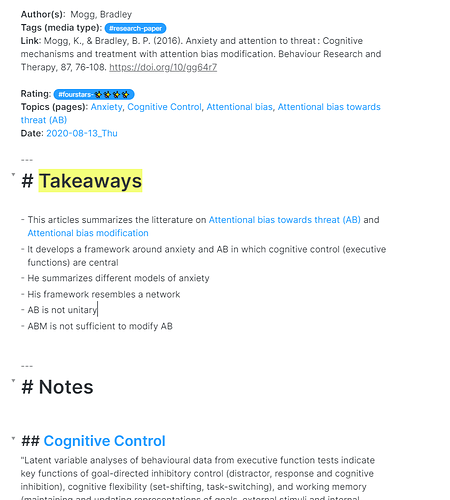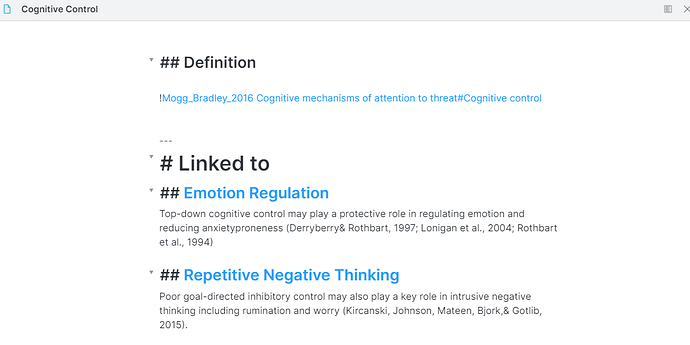Luhmann’s card index consists of approximately 90,000 handwritten cards in A-6 format organized in two collections. The first collection, approximately created between 1951 and 1962, a time when Luhmann was on his way from a legal expert with interests especially in constitutional law and administrative sciences to a systems theoretical sociologist, is based primarily on his readings in political science, administrative studies, organization theory, philosophy, and sociology. It consists of approximately 23,000 cards, which are divided into 108 sections by subjects and numbered consecutively, two bibliographies comprising about 2,000 titles, and a keyword index with roughly 1,250 entries. The second collection (1963–1997), now clearly reflecting a sociological approach,6 is divided into eleven top-level sections with a total of about 100 subsections. It consists of approximately 67,000 cards, including a sizeable but obviously incomplete bibliographical apparatus with roughly 15,000 references and a keyword index with 3,200 entries.
So he had 23,000 cards with a 1,250 entries in a keyword index.
Then he had 67,000 cards, with 3,200 entries in a keyword index.
He had one to three entries of where you could find a topic in his keyword index. You can browse his keyword index online btw (I turned on google chrome automatic translate).
Sometimes the keyword index linked to a note in a sequence, sometimes they linked to overview notes, from the linked source above
Three types of linking can be distinguished:
References in the context of a larger structural outline: When beginning a major line of thought Luhmann sometimes noted on the first card several of the aspects to be addressed and marked them by a capital letter that referred to a card (or set of consecutive cards) that was numbered accordingly and placed at least in relative proximity to the card containing the outline. This structure comes closest to resembling the outline of an article or the table of contents of a book and therefore doesn’t really use the potentials of the collection as a web of notes.
Collective references: At the beginning of a section devoted to a specific subject area, one can often find a card that refers to a number of other cards in the collection that have some connection with the subject or concept addressed in that section. A card of this kind can list up to 25 references and will typically specify the respective subject or concept in addition to the number. These references can indicate cards that are related by subject matter and in close proximity or to cards that are far apart in other sections of the collection, the latter being the normal case.
Single references: At a particular place in a normal note Luhmann often made a reference to another card in the collection that was also relevant to the special argument in question; in most cases the referred card is located at an entirely different place in the file, frequently in the context of a completely different discussion or subject.
If you are confused after reading Ahrens books (I like the book, but many people seem to be afterwards), hit me up and I can give you a couple resources to look into that better help explain the zettelkasten.
 here’s how it works:
here’s how it works:


